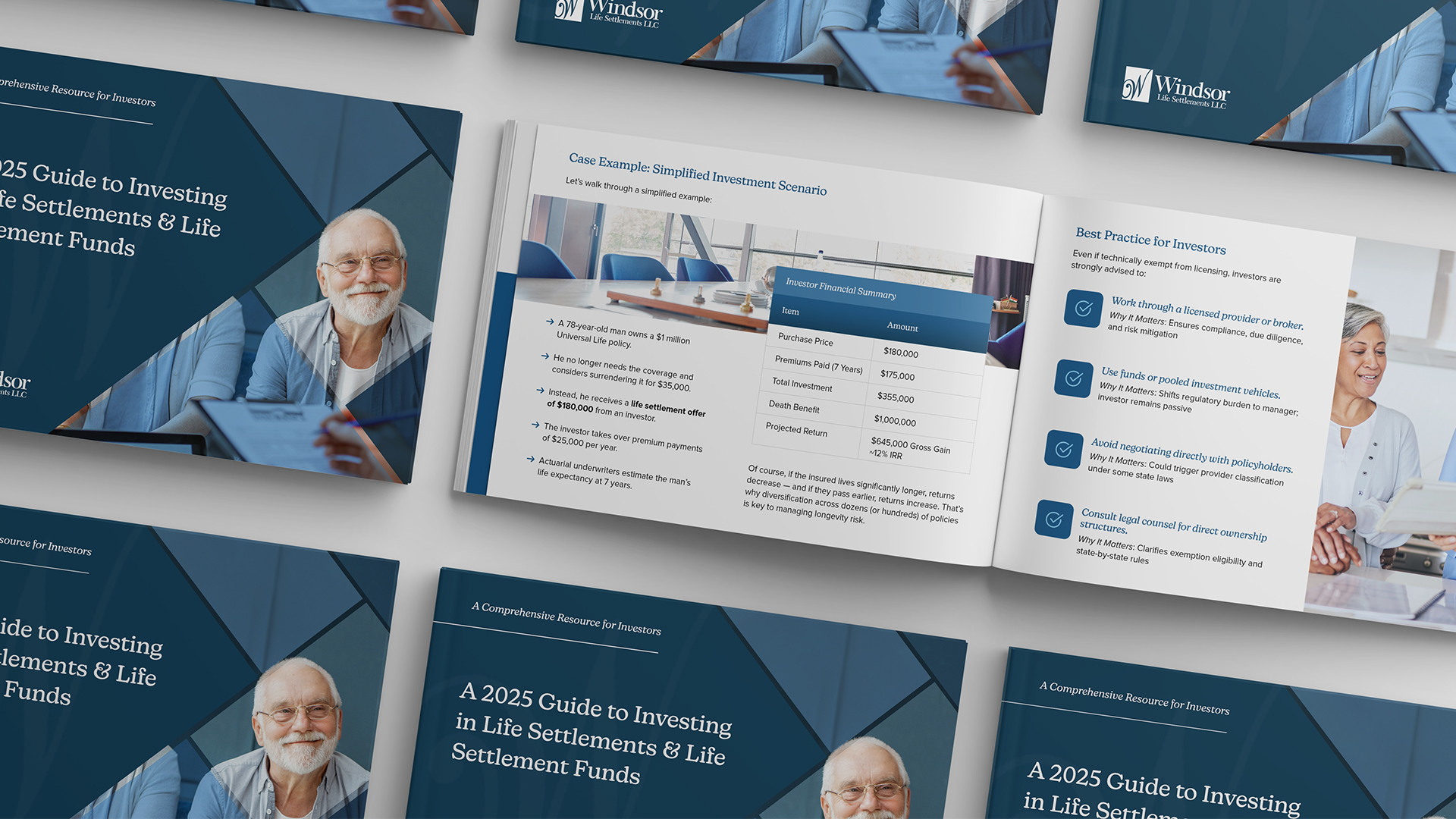In the world of life settlements, offers can range from pennies to windfalls. It’s a bit like stepping into an auction where the painting on the block happens to be your policy—and how it’s presented can mean the difference between a polite yawn and a bidding war.
Let’s take a walk through the numbers, shall we?
A 73-year-old gentleman, facing a premium squeeze, sold one of his policies to a life settlement company for $97,500. Fair? Sure—if you’re ok leaving hundreds of thousands on the table. But when Windsor, a life settlement broker, helped him take his second policy to market, he walked away with $310,000. That’s not luck. That’s leverage.
More offers = more competition.
Providers sharpen their pencils, private investors join the fray, and suddenly what was once a forgotten financial burden becomes a valuable asset.
But now for the part no one wants to admit…
Over-Shopping Kills the Deal
Here’s the Alfred Pennyworth moment: “Just because something can be done doesn’t mean it should.”
Push your policy through too many doors, and the market starts to look sideways. Many providers will simply and politely pass on a case without even looking at it if it’s been presented to them by multiple parties. It spooks them. They get spooked. They want to be sure that if they invest time into considering your policy, that there is a high chance of closing the deal should an offer by issued.
Disorganized outreach leads to missed opportunities, not more of them.
What’s the Best Life Settlement Strategy?
You don’t need every door in the building. You need the right ones, opened at the right time, by someone who knows what’s behind each.
In life settlements, that’s where a skilled broker—or an aggregator like Windsor—really adds value. They don’t just blast your policy across the marketplace. They present it with care, timing, and strategy—so that every offer is serious, and every buyer feels like they might lose.
The Bottom Line
Get multiple offers—but do it like a gentleman. Or a strategist. Or an impeccably dressed advertising executive with a penchant for meaningful exits.
Because the difference between $97,000 and $310,000 is not just who’s buying.
It’s who’s selling.





